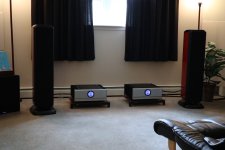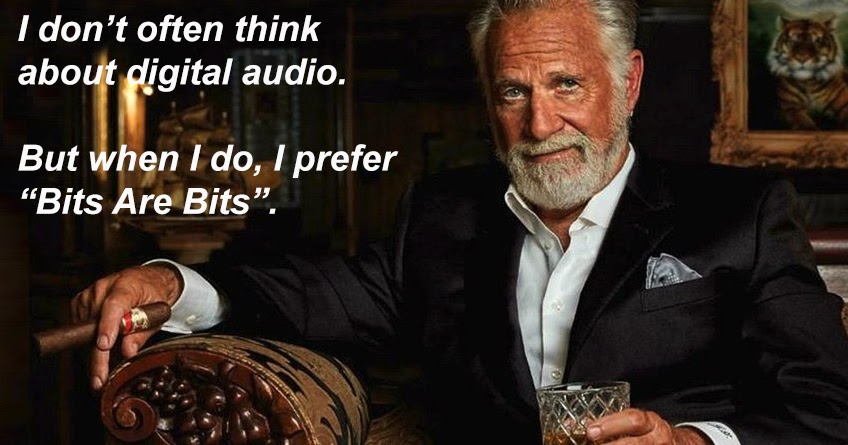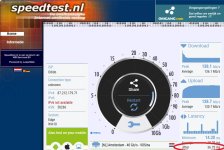Randy Myers
Well-known member
I do actually have wi-fi on my server. It is not used for music. My audio signal never goes through wi-fi (or any network) for play back. The wi-fi is used exclusively for Roon updates and Roon control from my Microsoft Surface tablet.Randy / professor Scharf, thank you both ! Next time over I'll have my son bring over a long enough ethernet cable to lie on the floor and see if the connectivity / pairing of the two is the issue and if so I'll go from there...........
When I spent a few months at my buddies house waiting for final retirement and move to join my wife at our new house, we experimented a bit. He paid a fairly large amount to have "special" ethernet cables install in his house to connect both of his Lumins to his two systems. I was able to demonstrate how much better music played from internal drives on his server versus those pulled across the network from his NAS. We also tried hooking the server directly to his main DAC on his main Luxman system. There was no comparison. The files played from internal drives connected directly to the DAC were far superior.
Since he also enjoys Qobuz he still listens to the streaming service through the system.
He is currently replacing his Roon Nucleus server with a custom built server built virtually identical to the Taiko servers, arguably the finest music servers in the world. He is planning his setup to have the server directly connected to his main DAC and using a Lumin as a connection to his second system.
Last edited:



